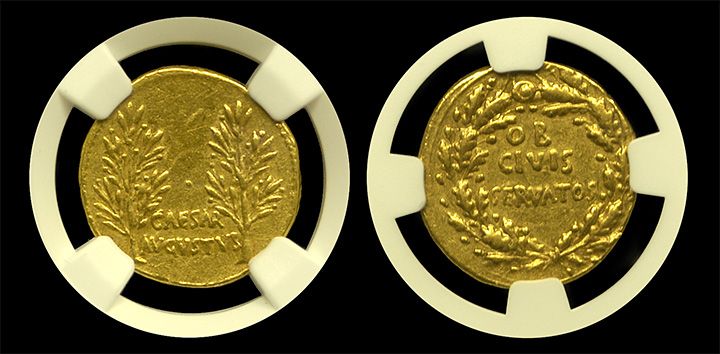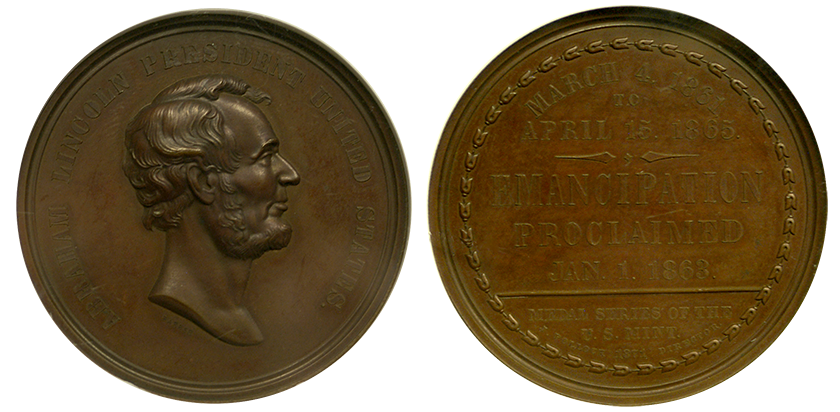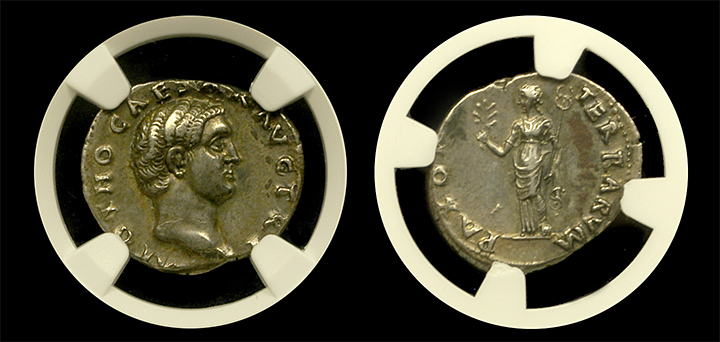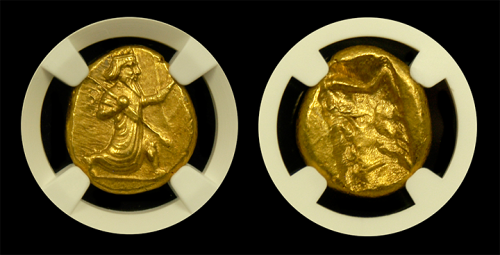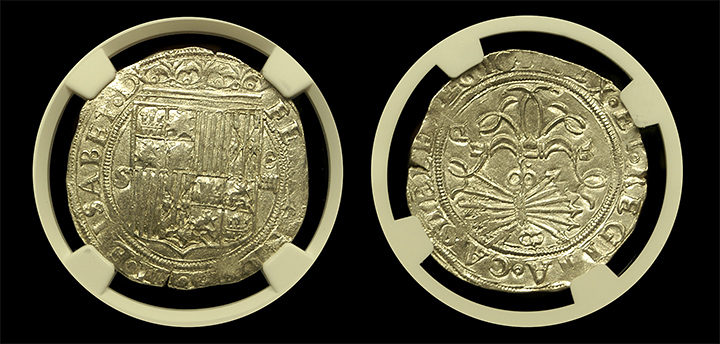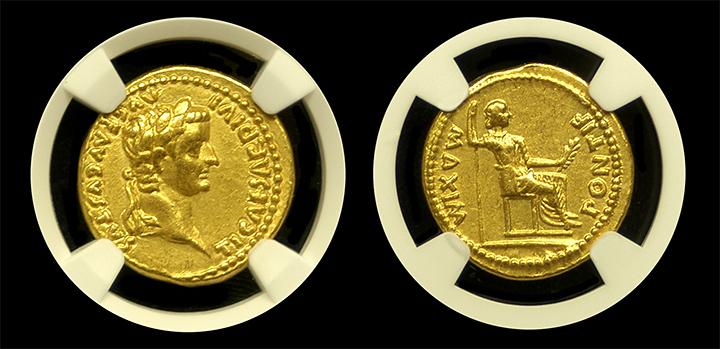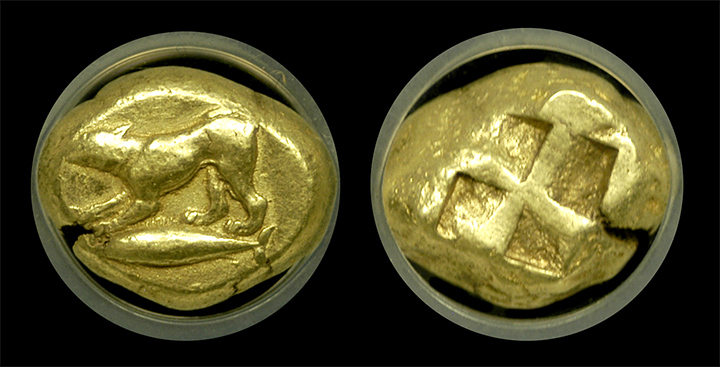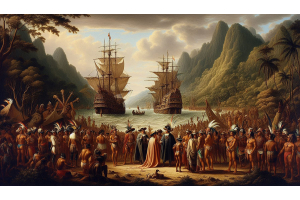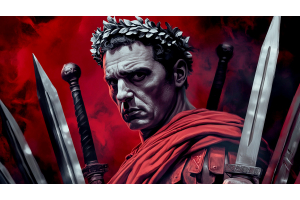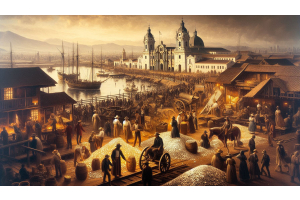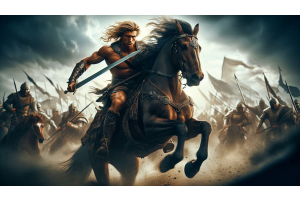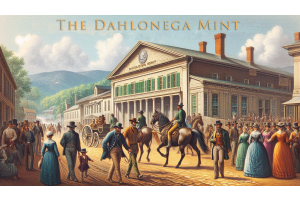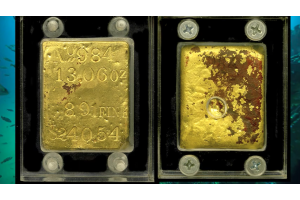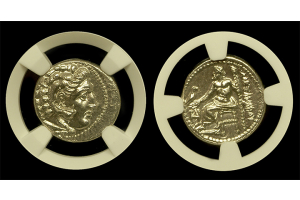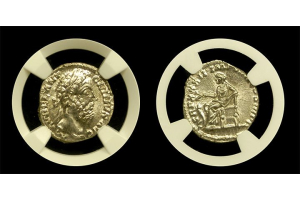Monthly Archives: January 2021
- Posted: January 29, 2021Read more »
Ancient coins are beautiful, miniature works of art, and true antiquities. In order to understand how much is a Roman aureus worth, you have to understand that ancient coins are amazingly rare. There is a very limited supply and a growing demand from investors and collectors.
You don't need a fortune to acquire a truly rare and beautiful ancient coin. There are many different types. But, In order to really understand a Roman Aureus' worth you have to know how rare it is. You also have to know what the condition it is in. And, you have to know how many people want to own it.
The 3 basic principles the affect cost of ancient coins
The rarity of a coin is basically determined by these three different principles: 1) How many of a particular coin survived and are still in existence. 2) Whether
- Posted: January 25, 2021Read more »
Are you curious? Did the Emancipation Proclamation free any slaves? The correct answer would be that it "did not free all slaves in the United States. Rather, it declared free only those slaves living in states not under Union control."
This beauty was struck nearly 150 years ago, but looks like it was struck only yesterday! The 1871 Bronze Emancipation Proclamation Medal made because of this monumental occasion is simply stunning. Unbelievable, that the US mint made it to commemorate Lincoln.An
- Posted: January 25, 2021Read more »
What Ancient Roman coins were made of silver is a question we frequently get. This NGC Certified Roman coin minted by Emperor Otho for instance, is a great example, and it is a beautiful coin. Finding a Silver Denarius in Choice Extremely Fine Condition with 3.54 grams of silver is not an easy task.
On the front of this Otho Silver Denarius you'll find the likeness of Emperor OTHO CAESAR with his head facing right. On the reverse, seen advancing left, you'll find the likeness of VICTORIA. She is the Roman Goddess of Victory.
Marcus Otho Caesar Augustus was born Marcus Salvius
- Posted: January 18, 2021Categories: Metals Market UpdateRead more »
January 18th, 2021
We are posting this Important Metals Market Update to keep you in the loop. Gold and silver bullion we handle are taking longer and longer to acquire. In addition, there is not enough supply to meet demand. In other words, we need to tell you the truth. Something strange is happening within the gold and silver markets.
In recent weeks American Eagles and Canadian Maple Leafs have become quite scarce. Gold and silver bullion delays are building across the industry. Once readily popular bullion items are now taking 2-4 weeks, and sometimes
- Posted: January 18, 2021Read more »
An ancient Persian Gold Daric is a high-purity gold piece and weighs approximately 8.4 grams. This weight is based on an ancient weight standard.
The Daric was also referred to as a Babylonian shekel. It was called a shekel because it was equivalent to one month's pay for a mercenary foot soldier. We know what Persian Darics were used for. Persian Darics were some of the first coins ever used as currency. Currency was a new concept, because in ancient times bartering was the norm.
One daric could be exchanged for 20 silver sigloi. This was a daric's silver currency counterpart.
- Posted: January 18, 2021Read more »
Rare Spanish silver called 4 Reales are coins that we've never seen before. Moreover, certainly not in such a high grade. Ferdinand and Isabella minted these coins. The two who reigned over Spain jointly in the late 1400s, together known as the Catholic Monarchs.
Ferdinand and Isabella of Spain were responsible for funding Columbus' journey to the New World. Silver Four Reales were the circulating currency back in the late 15th century. Some of them are probably the same coins that help to fund these trips. It is important to note, that Explorers didn't intentionally venture out to discover the new world in the Americas. All they want was to amass a fortune. Their true intent was "find a new trade route to China that would bypass the Mediterranean."
- Posted: January 11, 2021
- Posted: January 11, 2021Read more »
The first coins ever made were of a substance called electrum. Ancient Electrum Coinage of Cyzicus could be found occurring naturally along riversides in ancient times. Importantly, electrum contained gold and silver, with trace amounts of copper and other metals. It was bright and had such a white color to it that ancient Greeks who found it called it "white gold." Moreover, there were several types of electrum depending on the amount of gold and the different alloys it contained. Electrum could range in color from a bright white yellow a greenish tone. Adding Cadmium, which is highly toxic, to the gold turned it to a green color. The ancient Lydians who discovered this also realized the health concerns regarding its use.
Cyzicus Electrum Choice Very Fine Stater
An example




